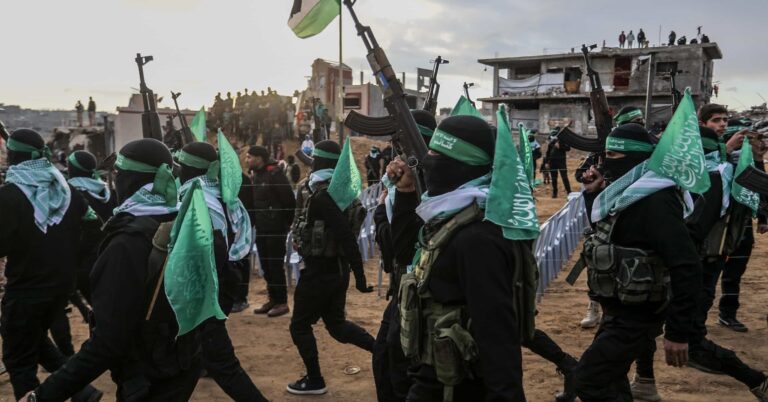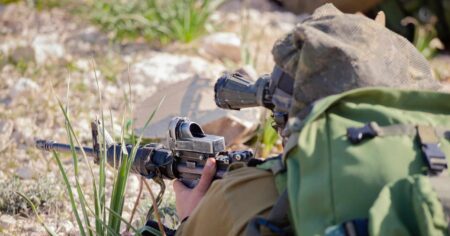Days into the ceasefire, Hamas presented a hardened stance that complicates any durable settlement. The group publicly defended recent executions of Palestinians in Gaza as “exceptional measures,” even as rights advocates and regional leaders decried the killings. At the same time, a senior Hamas official said the organization cannot commit to disarmament—an explicit requirement embedded in the truce architecture—though he floated the possibility of a multi-year pause in fighting if broader political demands are addressed. The posture underscores a bid to reassert internal control in the Strip while testing the limits of the agreement.
Israeli officials said Hamas’s refusal to disarm undermines the very core of the truce, which was predicated on ending the group’s military capacity and ensuring that Gaza would no longer be used as a base for attacks. The continuing handover of some hostages’ bodies has not softened Israeli assessments, particularly as sporadic attacks on IDF troops have persisted and the group’s armed cadres remain visible on the streets. International mediators warned that the killings of alleged collaborators risk fueling cycles of vengeance and destabilizing aid distribution.
For now, the ceasefire’s future hinges on whether Hamas restrains its fighters, returns all remaining bodies, and moves decisively toward demilitarization—conditions that the group’s leaders publicly resist. The contrast between calls for reconstruction and the bloody enforcement methods on display has heightened pressure on outside actors to enforce consequences for violations and to keep all parties at the table.
(NYP/VFI News)
“The face of the Lord is against those who do evil, to cut off the memory of them from the earth.” – Psalm 34:16
Originally posted on vfinews.com





